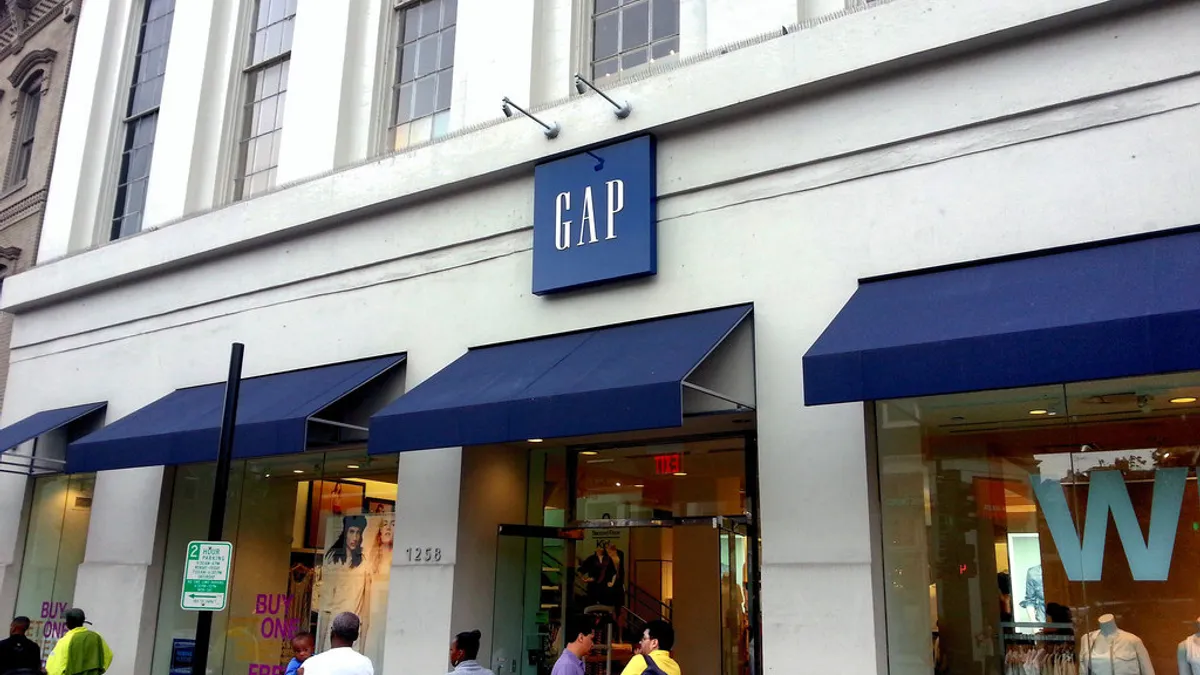Dive Brief:
- Real estate company JLL reported that retail construction activity in the first quarter of 2016 is 24.4% higher than the first quarter of 2015 — a performance strong enough to help boost nonresidential construction employment 4.7% during the same period, Building Design + Construction reported.
- JLL predicted continued commercial construction growth into the second quarter — including in the industrial and office sectors — but said that concerns over the economic downturn in China, coupled with a near 1% decrease in the quarter-over-quarter U.S. gross domestic product, were hampering investment, as evidenced by a downward tick in office construction starts.
- Retailers' desire to provide a seamless customer experience, landing somewhere between the Internet and brick and mortar, has driven retail renovations, which outperformed new retail construction in the first quarter.
Dive Insight:
Todd Burns, president of project and development services for JLL Americas, told BD+C that caution is the word of the day when it comes to nonresidential, but developers and tenants/owners still continue to build or renovate.
Key takeaways from the report include:
- Retailers and e-commerce firms are also driving industrial construction, which grew 12.9% year over year, as their need for new and modern facilities increases.
- Office construction was up 20.2% year over year, but starts decreased 33%.
- A "low-cost, well-educated" workforce is drawing employers to Nashville, which has seen construction increases in all areas of nonresidential.
- San Francisco is on the verge of passing New York City as the most expensive construction market.
- Dallas blew every other market away with 80% retail development growth from the first quarter of 2015.
In the latest Commerce Department report, construction spending dipped 1.8% in April, and the nonresidential sector was no exception, slipping 1.5%. However, construction spending was up 4.5% from April 2015, and spending from January 2016-April 2016 increased 8.7% from the same period in 2015. Although nonresidential and public construction spending slipped, the latest Dodge Momentum Index was up slightly by 0.6% in April, which could indicate a coming bump in new construction activity.
However, in another Dodge report, the company said that the value of all construction starts fell 8% between March and April and 12% year over year for the period January 2016-April 2016. While the institutional segment of nonresidential performed well, Dodge Data & Analytics Chief Economist Robert Murray said the commercial segment could suffer in the future because of more stringent lending standards.













